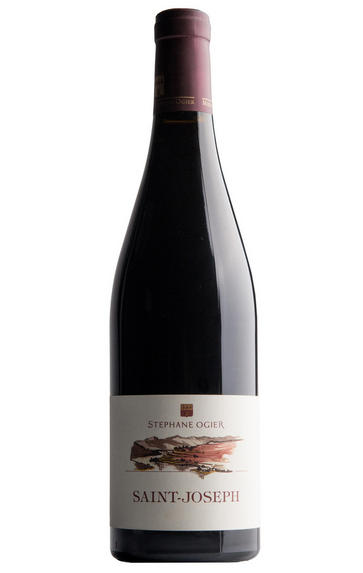
About this WINE
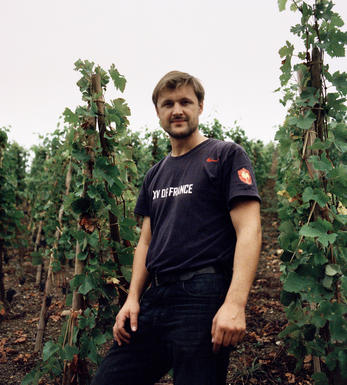
Domaine Stephane Ogier
The Ogier family had been established growers in Ampuis for over seven generations, but it was only in the 1980s that they began vinifying their own grapes. Stéphane joined the family estate in ’97, working alongside his father Michel, before taking over in 2003.
Heralded as the face of the Northern Rhône’s new generation, Stéphane continues acquiring new parcels and trying new techniques. He brings a Burgundian approach to the region’s terroir from his studies in Beaune. He works with multiple lieux-dits, vinifying each separately and using oak sparingly. This allows the characteristics of each to show. He releases many wines as single lieu-dit bottlings later in the year and others he blends, selecting from different barrels to build a style representative of both his vision and the vintage. Stéphane’s latest investment includes vineyards in Rasteau, Cairanne, and Plan de Dieu in the Southern Rhône, bringing his total land-ownings there up to 50 hectares, all destined for his Côtes-du-Rhône offering.
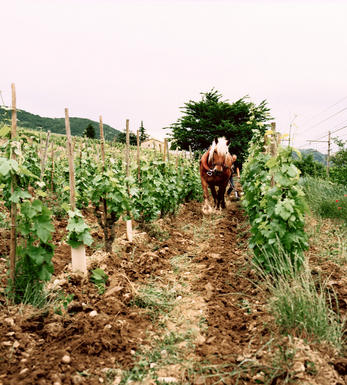
Saint-Joseph
Saint-Joseph is the second-largest appellation in the Northern Rhône with 50 growers producing wines from over 600 hectares of vineyards. Established in 1956, over 90 percent of the wine is red – made exclusively from the Syrah grape. The white wines, meanwhile, are typically a blend of Marsanne and Roussanne varieties. Its vineyards run due south on the west side below Condrieu, and are in six communes: Mauves, Tournon, St Jean-de-Muzols, Lemps, Vion and Glun.
The styles of wine in St Joseph tend to be much lighter than other red Appellations d'Origine Contrôlee and the quality can vary dramatically. The soils and climate differ, as it is a long, narrow AOC. There is no particular characteristic of the commune as some wines are produced near Côte-Rôtie, whilst others are near to Cornas.
The best St Josephs are still produced in the original heartland of the appellation between St Jean-de-Muzols and Mauves, where soils are predominately granitic with patches of limestone and schist. Typically, even the finest St Josephs are slightly lighter and faster-maturing than the wines of Hermitage, as Saint-Joseph's east-facing vineyards lose the sun up to two hours earlier in the crucial ripening season.
Recommended producers: Pierre Gaillard, Domaine Coursodon and Paul Jaboulet.
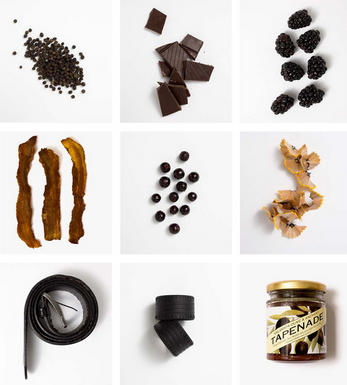
Syrah/Shiraz
A noble black grape variety grown particularly in the Northern Rhône where it produces the great red wines of Hermitage, Cote Rôtie and Cornas, and in Australia where it produces wines of startling depth and intensity. Reasonably low yields are a crucial factor for quality as is picking at optimum ripeness. Its heartland, Hermitage and Côte Rôtie, consists of 270 hectares of steeply terraced vineyards producing wines that brim with pepper, spices, tar and black treacle when young. After 5-10 years they become smooth and velvety with pronounced fruit characteristics of damsons, raspberries, blackcurrants and loganberries.
It is now grown extensively in the Southern Rhône where it is blended with Grenache and Mourvèdre to produce the great red wines of Châteauneuf du Pape and Gigondas amongst others. Its spiritual home in Australia is the Barossa Valley, where there are plantings dating as far back as 1860. Australian Shiraz tends to be sweeter than its Northern Rhône counterpart and the best examples are redolent of new leather, dark chocolate, liquorice, and prunes and display a blackcurrant lusciousness.
South African producers such as Eben Sadie are now producing world- class Shiraz wines that represent astonishing value for money.


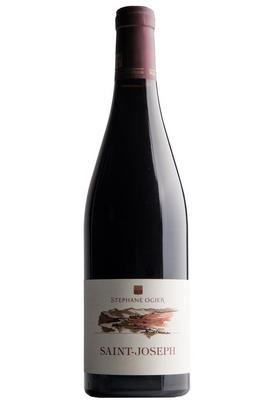
Buying options
Add to wishlist
Description
Made from 35-year-old vines planted above the Medieval village of Malleval in the north of the appellation, this is striking, with bold dark fruits, and a distinctive whiff of graphite minerality and black pepper on the nose. The palate has plenty of round, spicy berries to contrast its layers of grippy, chewy tannins. Give it a little time, and this will come into its own. Drink 2023 to 2030.
wine at a glance
Delivery and quality guarantee